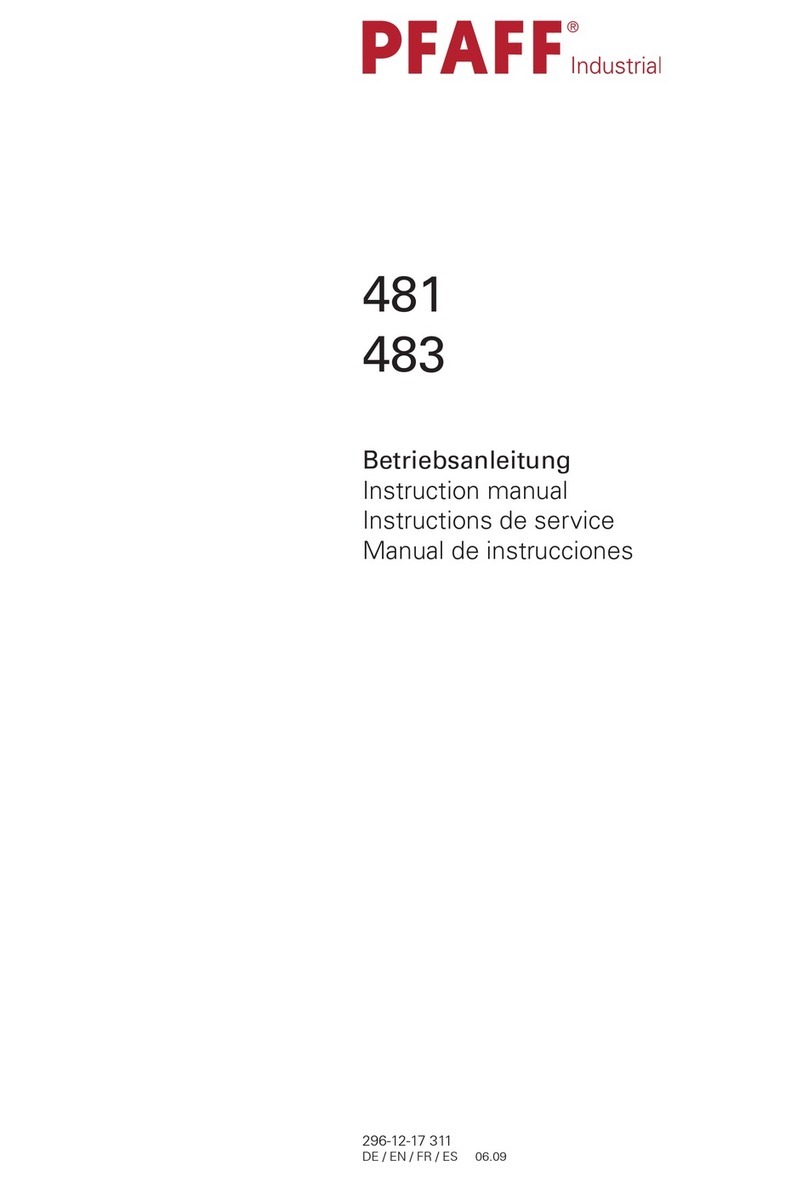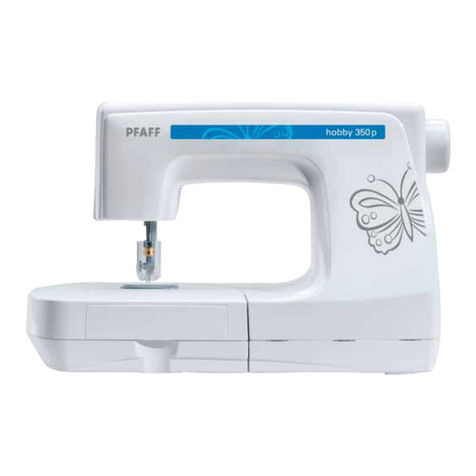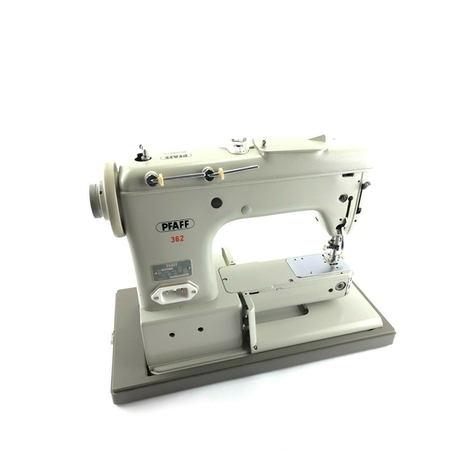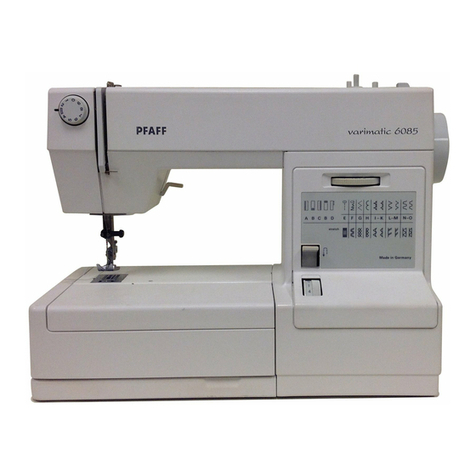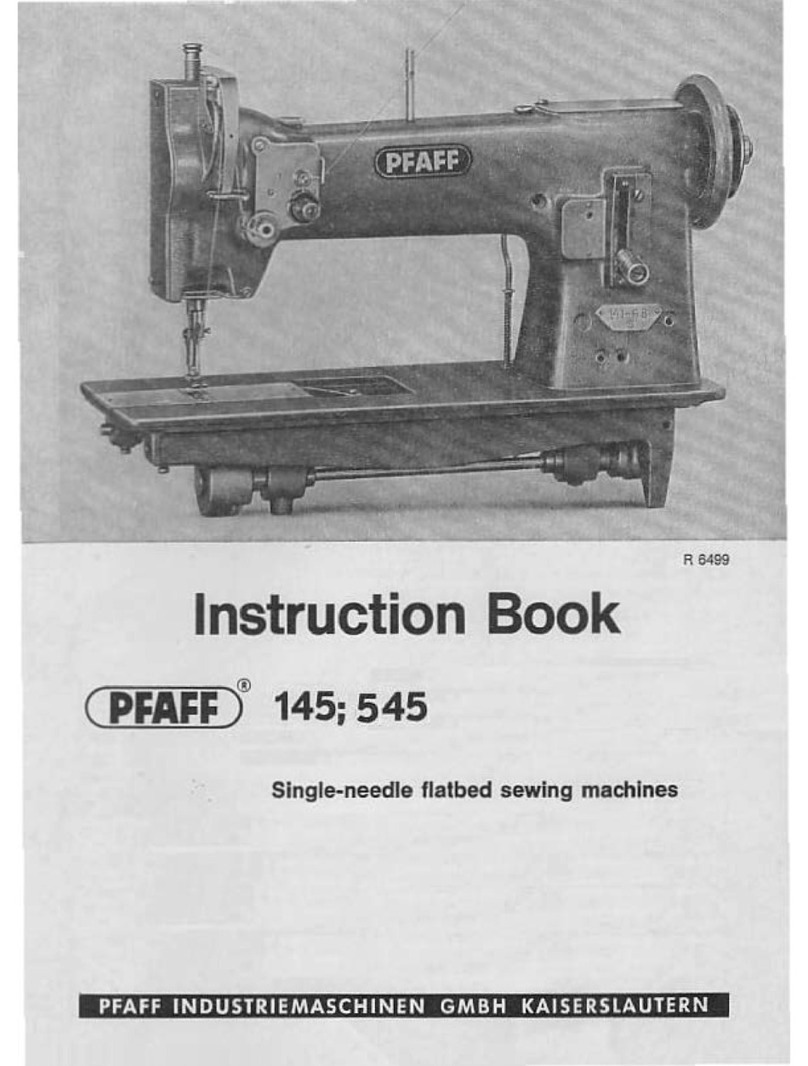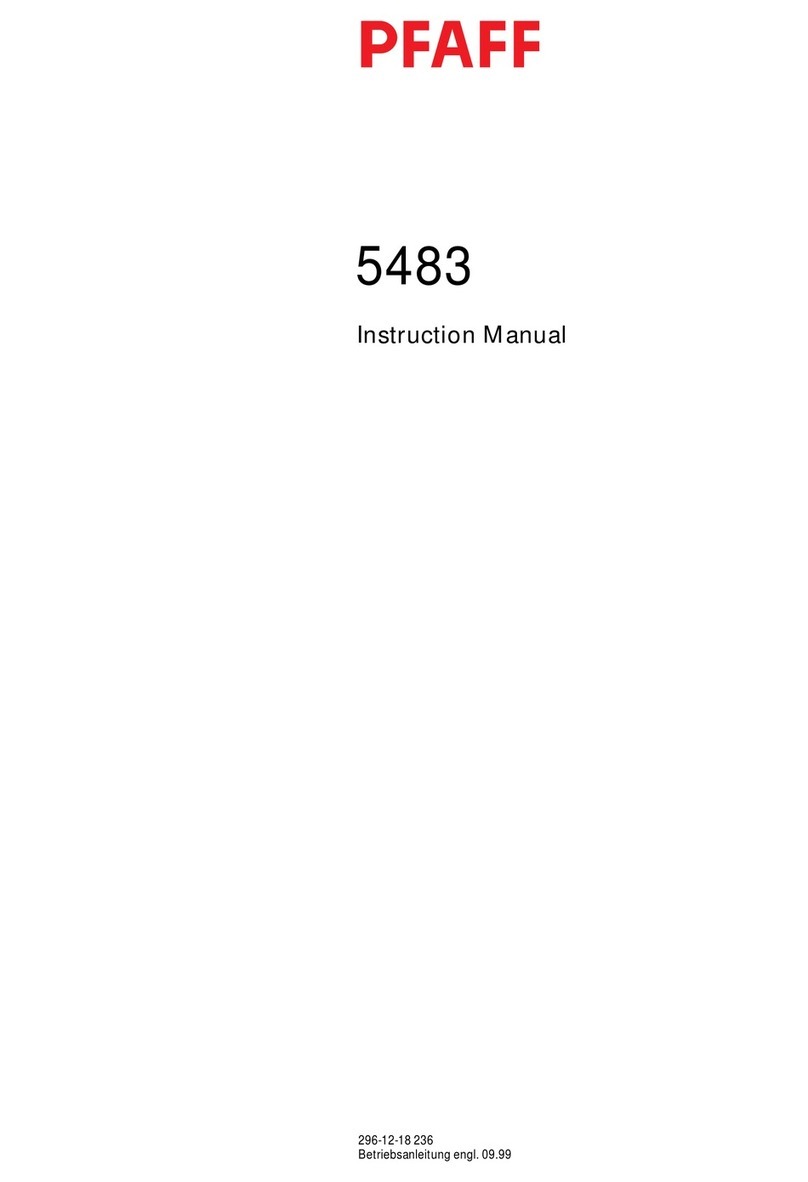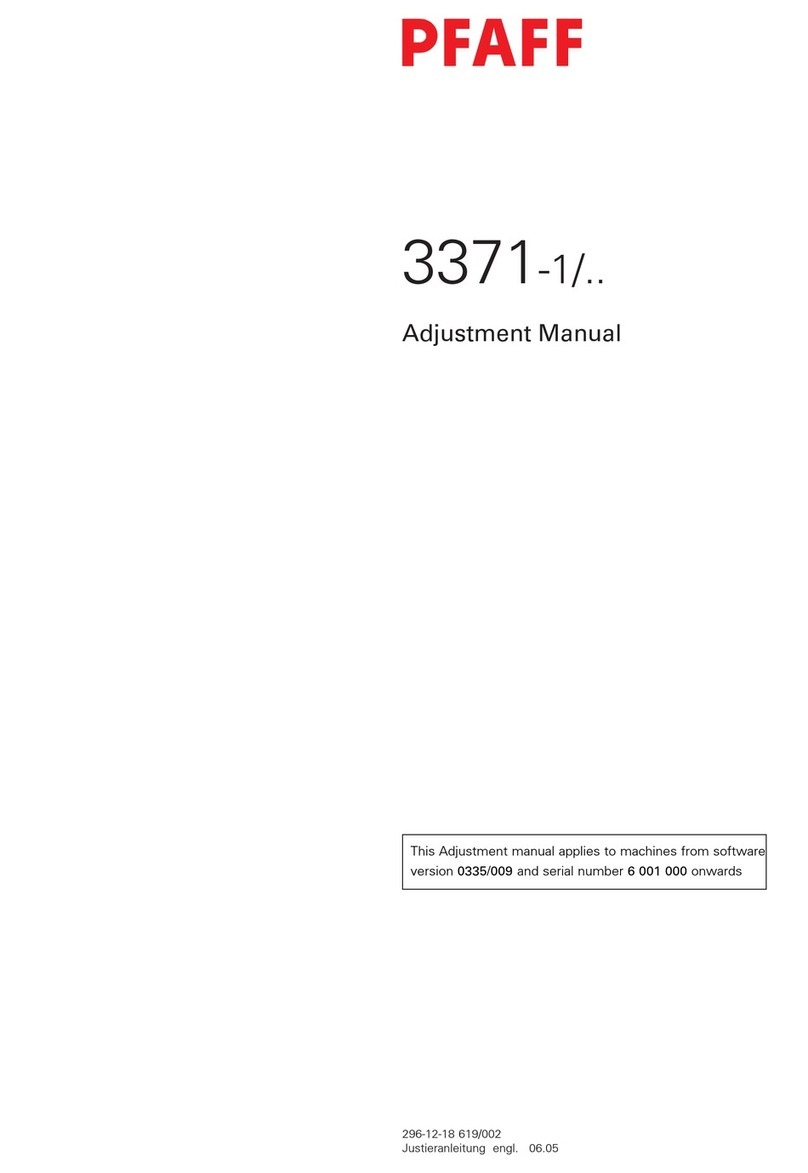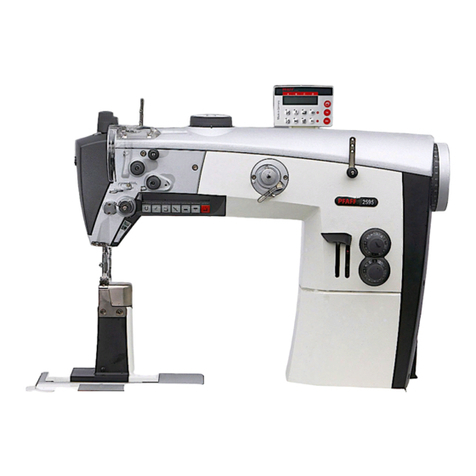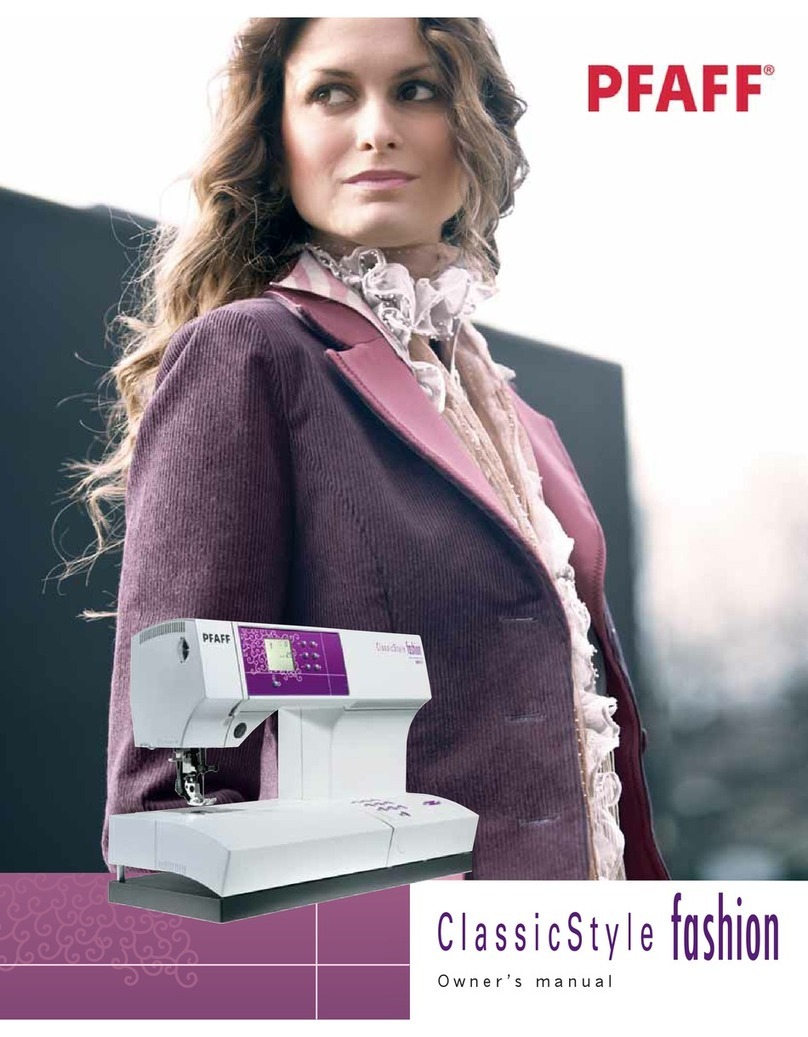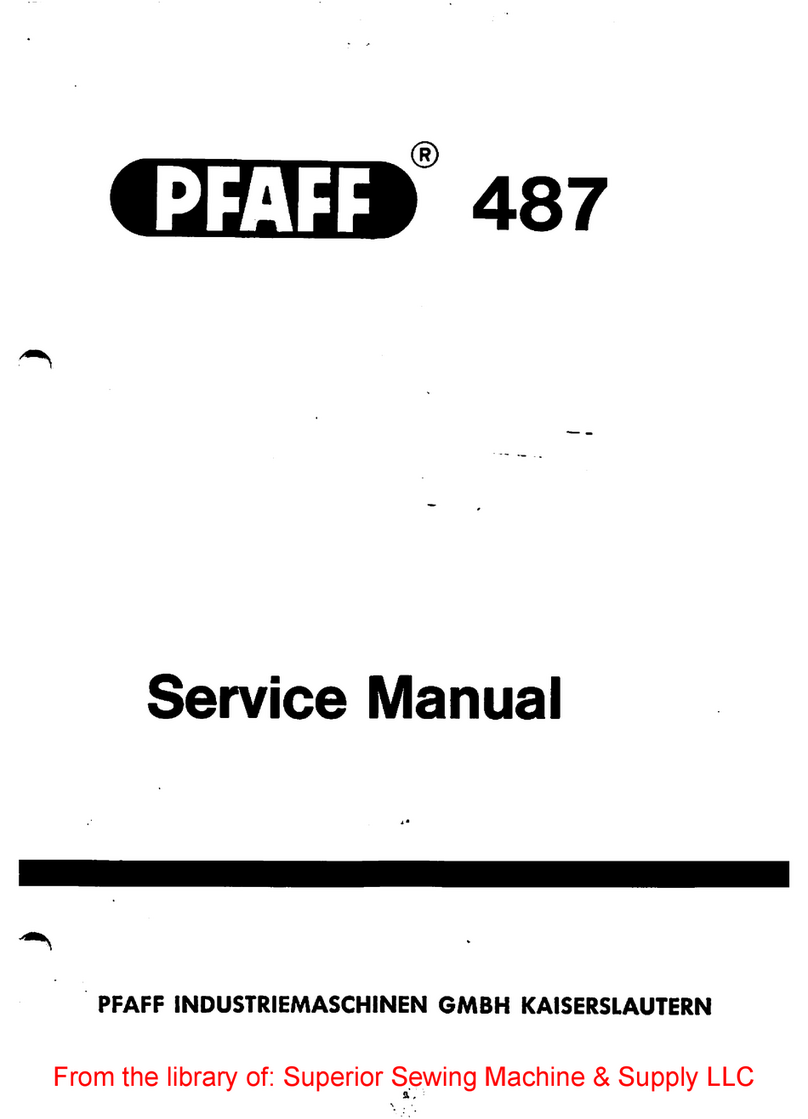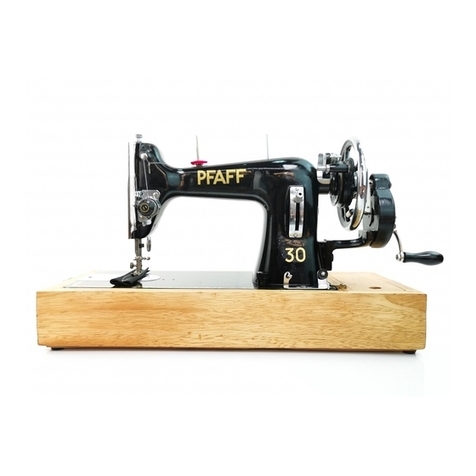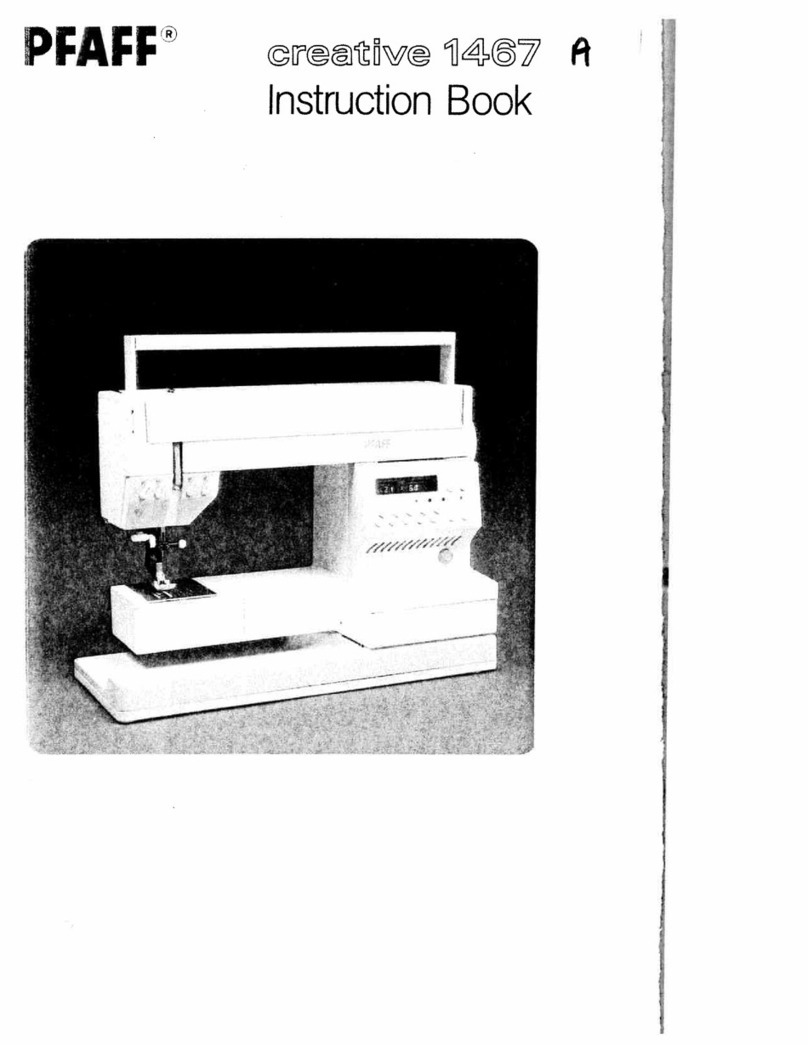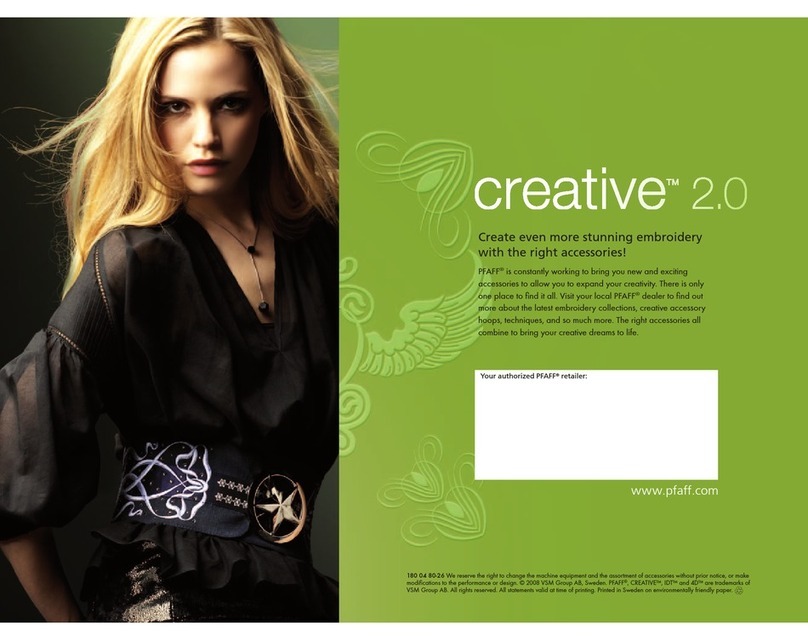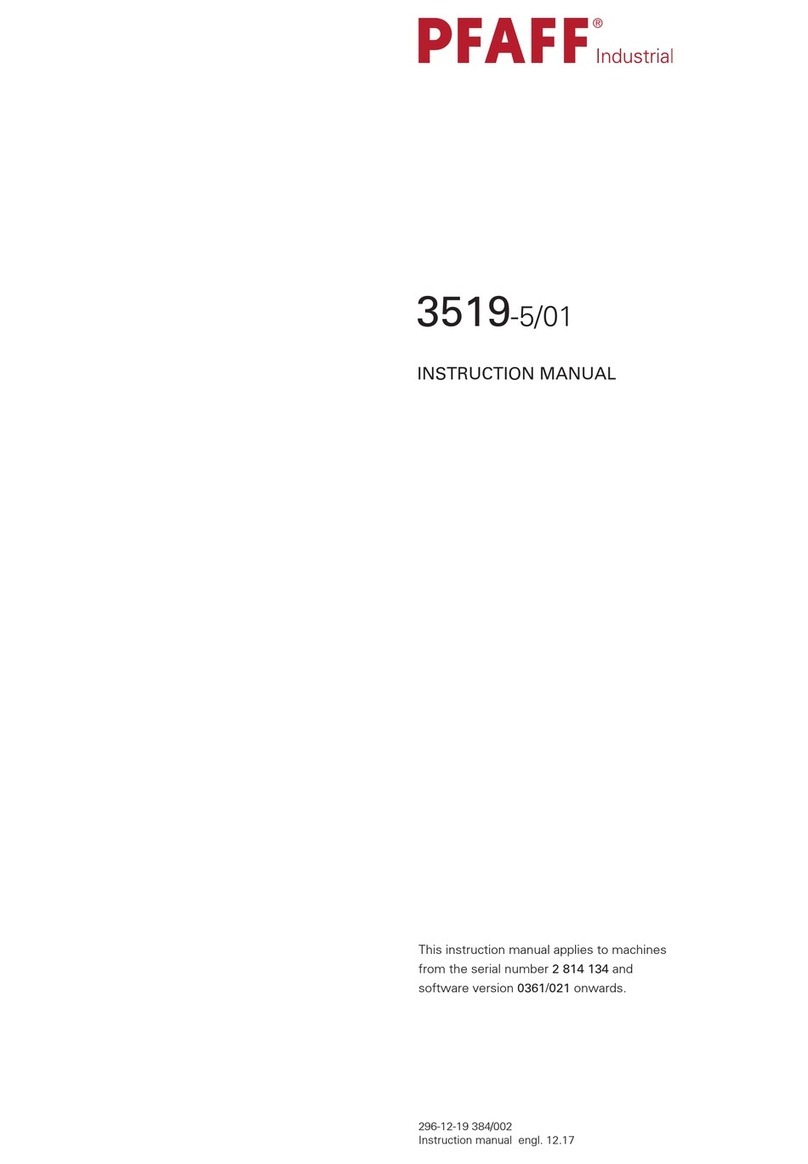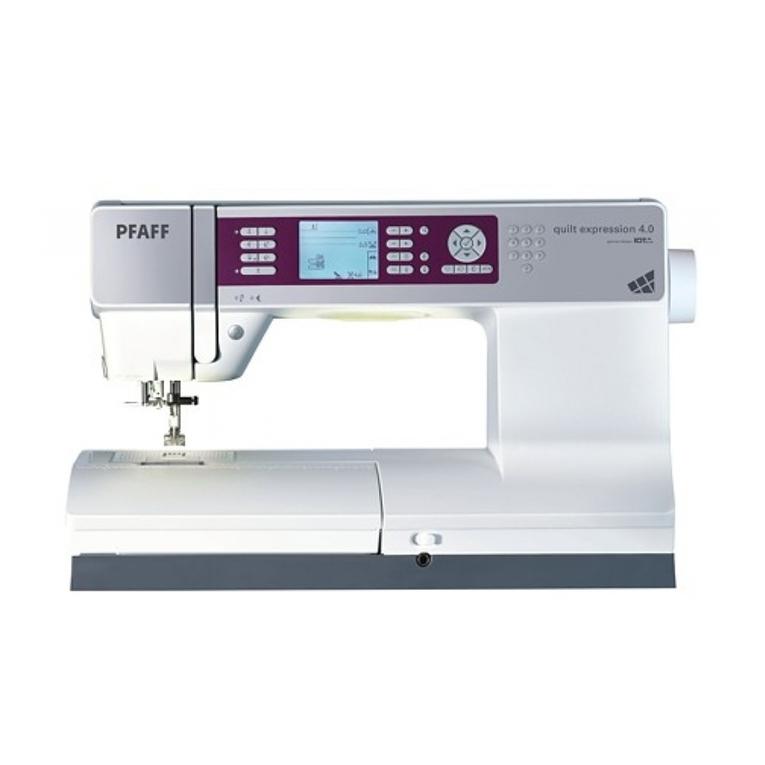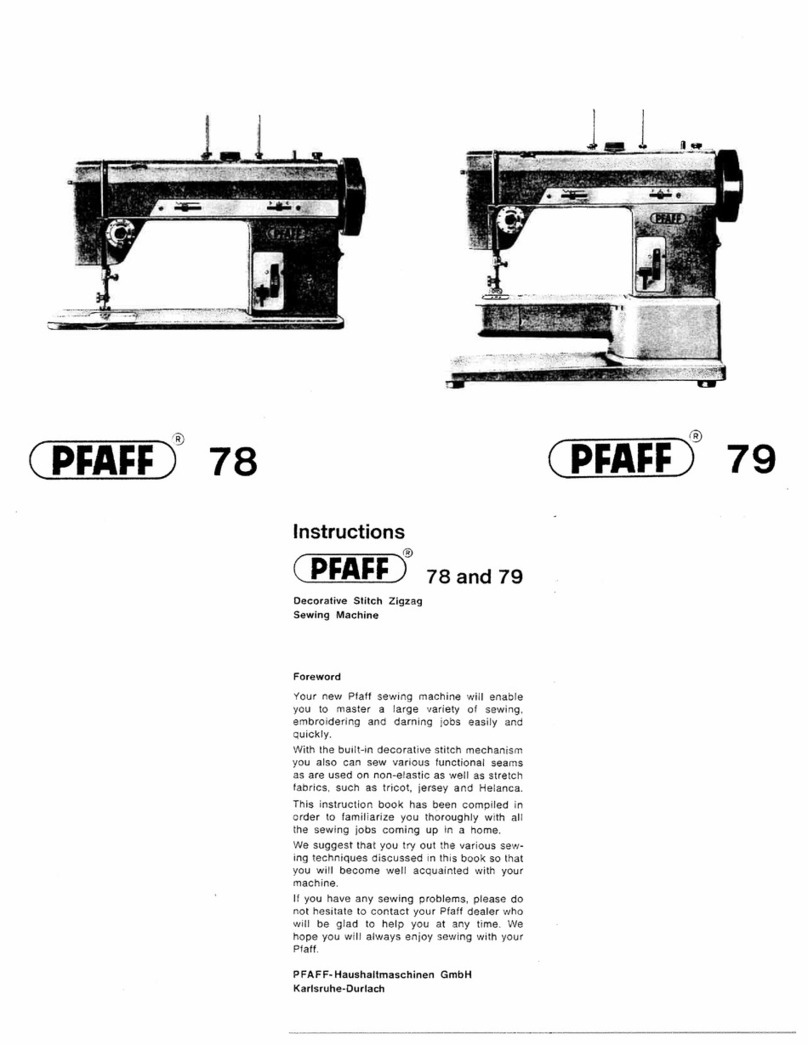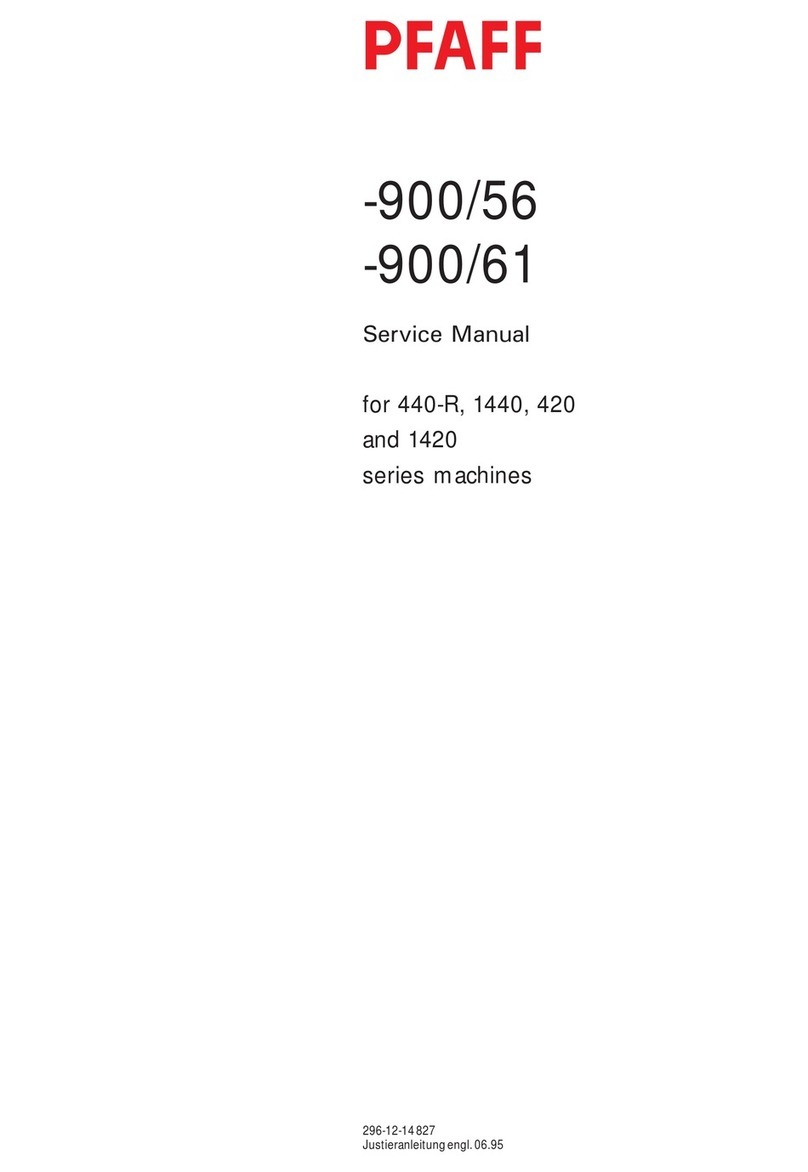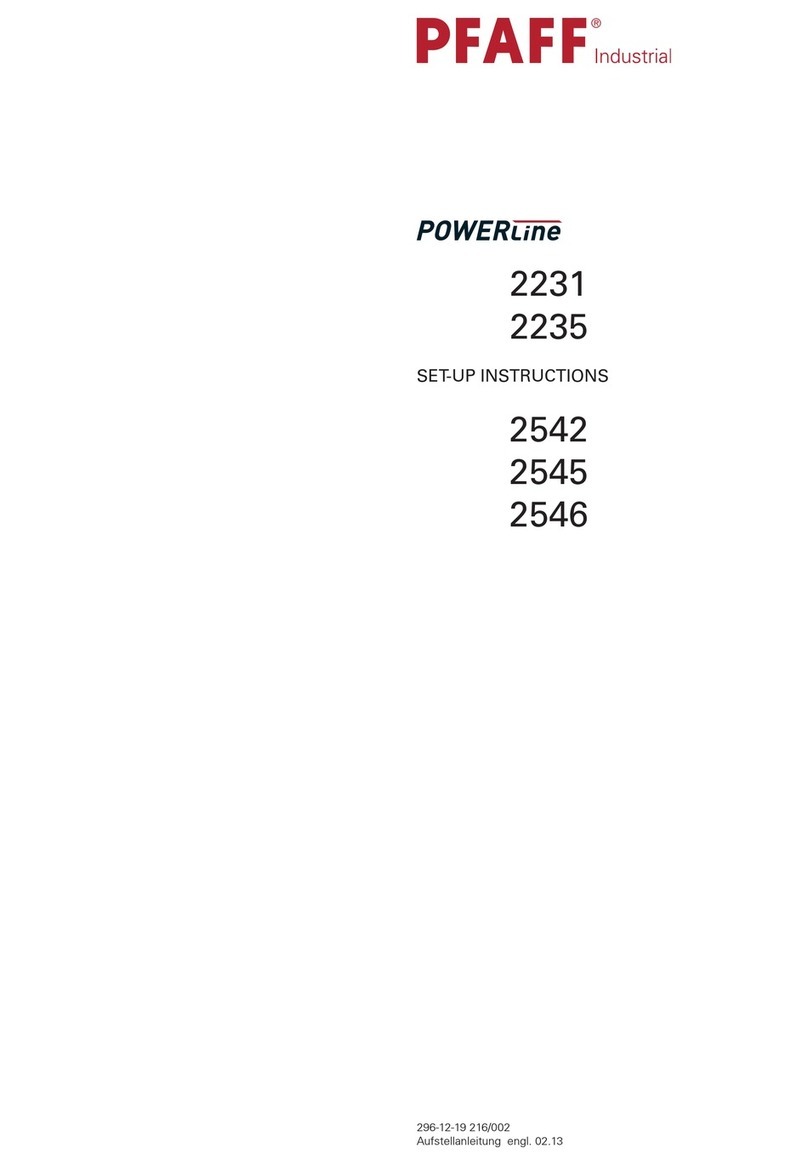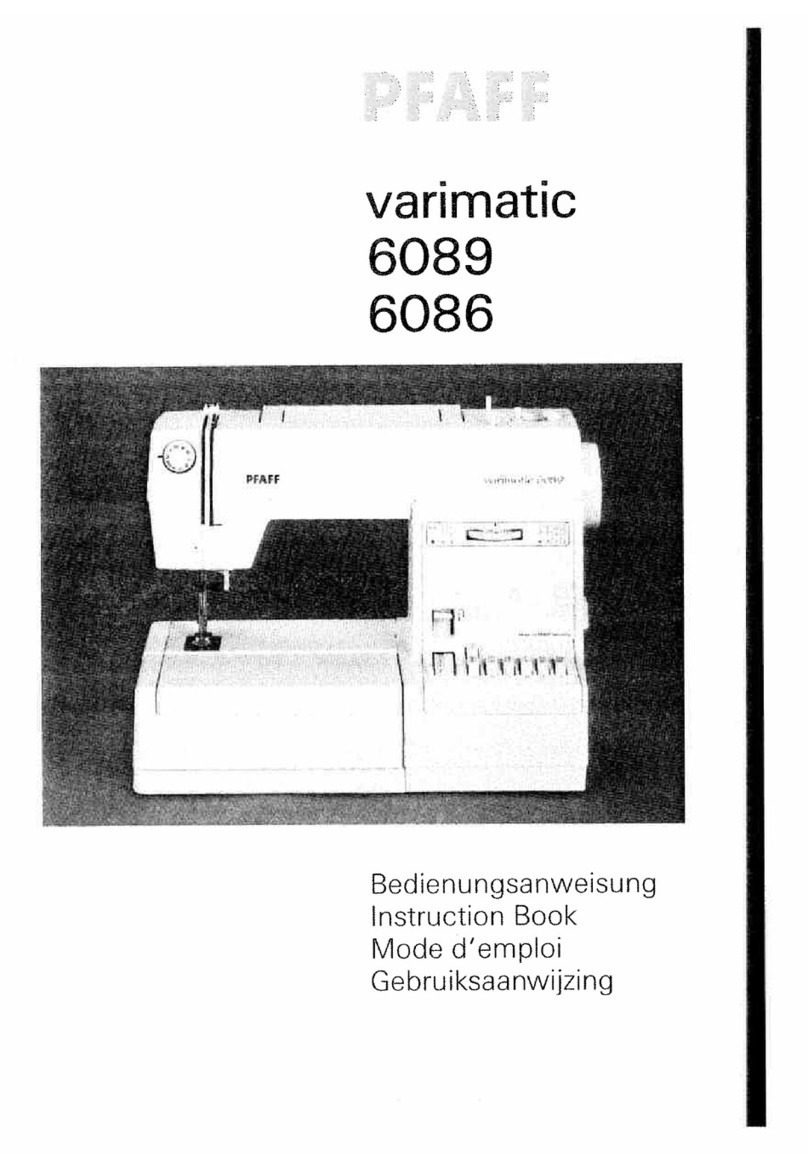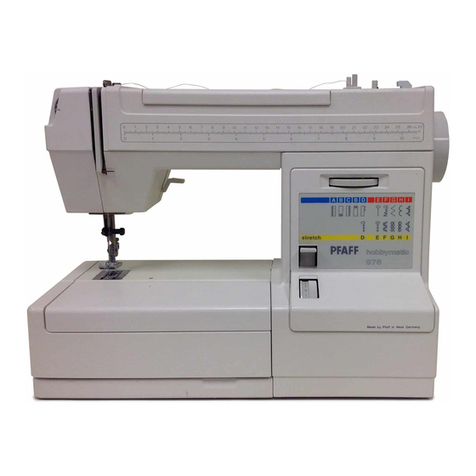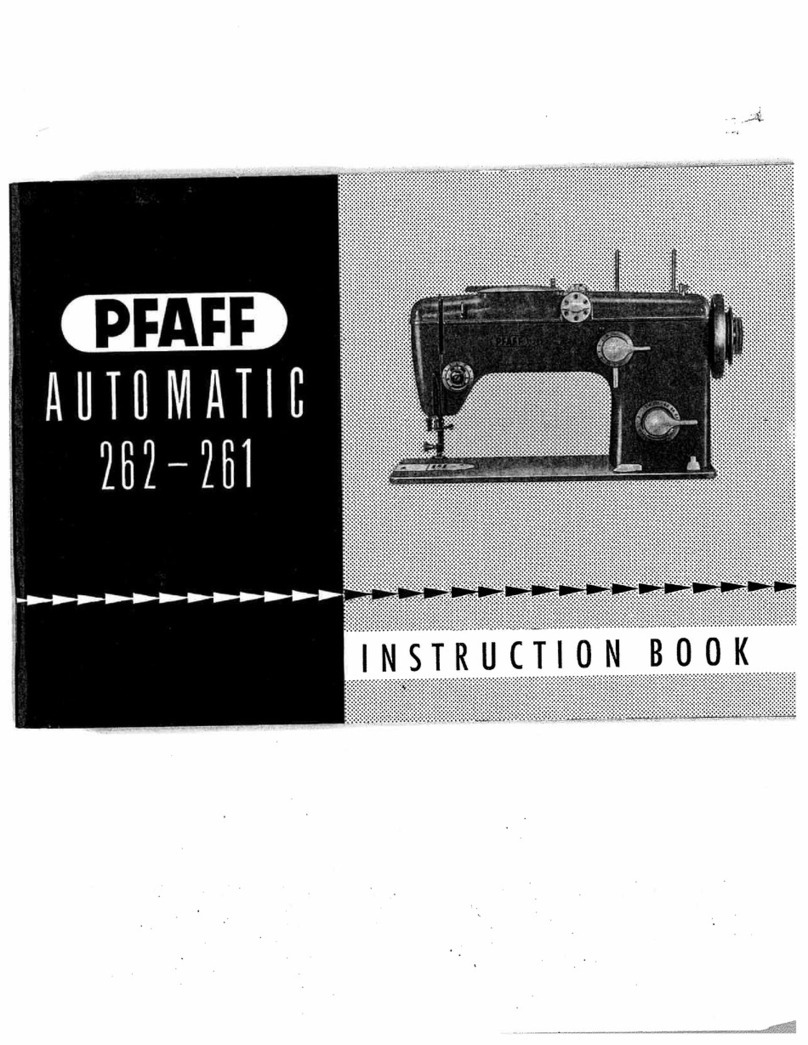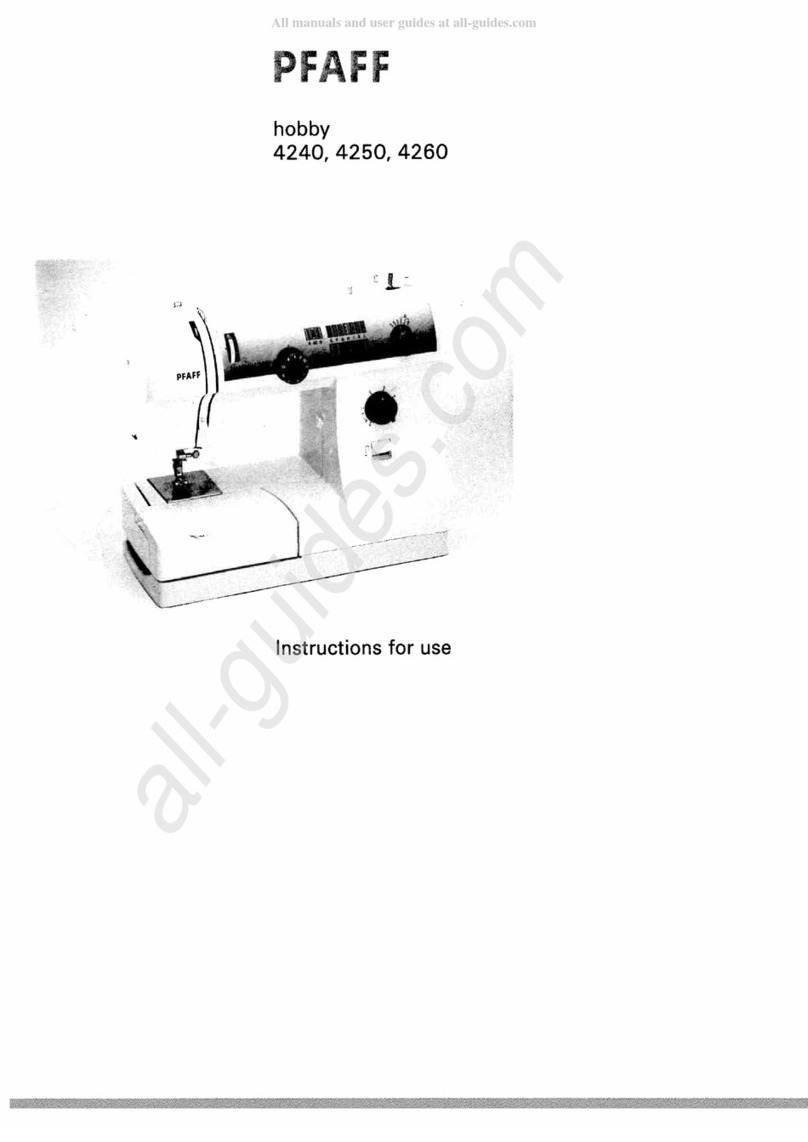
Index
Contents ..................................................................................Page
13 Adjustment ........................................................................................................................... 5
13.01 Notes on adjustment ............................................................................................................. 5
13.02 Tools, gauges and other accessories for adjusting ............................................................... 5
13.03 Abbreviations ......................................................................................................................... 5
13.04 Explanation of the symbols.................................................................................................... 5
13.01 Adjusting the basic machine .................................................................................................. 6
13.04.01 Lateral positioning of the feed dog ........................................................................................ 6
13.04.02 Lengthwise positioning of the feed dog ................................................................................ 7
13.04.03 Height of the bottom feed dog (only on machines with lifting phase – P-version)................. 8
13.04.04 Centering the needle in the needle hole................................................................................ 9
13.04.05 Pre-adjusting the needle height ........................................................................................... 10
13.04.06 Driving motion of the top and bottom feed dogs................................................................. 11
13.04.07 Lifting motion of the bottom feed dog (only on machines with lifting phase – P-version).... 12
13.04.08 Needle rise, hook-to-needle clearance and needle height ................................................... 13
13.04.09 Vibrating presser lift ............................................................................................................. 14
13.04.10 Vibrating presser feeding motion......................................................................................... 15
13.04.11 Needle thread tension release............................................................................................. 16
13.04.12 Thread check spring ............................................................................................................. 17
13.04.13 Bobbin winder...................................................................................................................... 18
13.04.14 Regulating the pressure on the presser foot ....................................................................... 19
13.05 Adjusting the thread trimmer -900/52.................................................................................. 20
13.05.01 Preadjusting the control cam ............................................................................................... 20
13.05.02 Tripping lever height............................................................................................................. 21
13.05.03 Control pin ........................................................................................................................... 22
13.05.04 Engaging solenoid................................................................................................................ 23
13.05.05 Control pin height ................................................................................................................ 24
13.05.06 Front position of thread catcher ........................................................................................... 25
13.05.07 Lateral position of thread catcher ........................................................................................ 26
13.05.08 Control cam (final adjustment)............................................................................................. 27
13.05.09 Knife..................................................................................................................................... 28
13.05.10 Needle thread tension release............................................................................................. 29
13.05.11 Cutting test................................................................................................................................30
